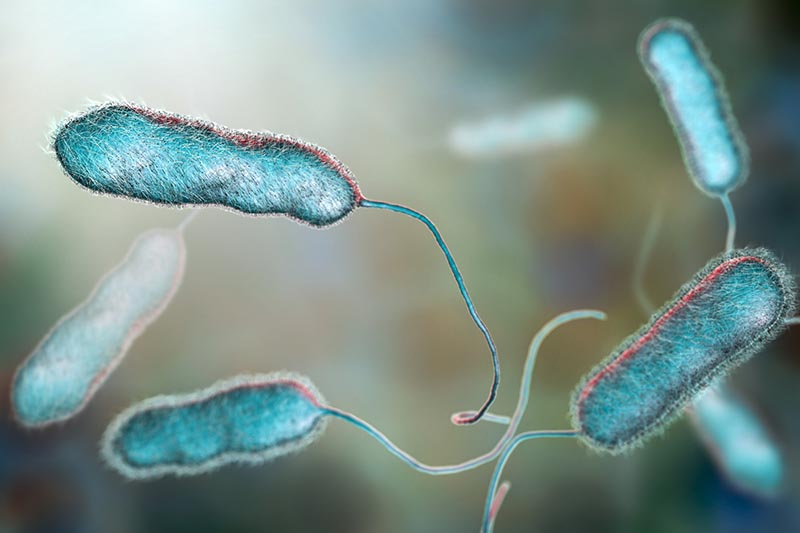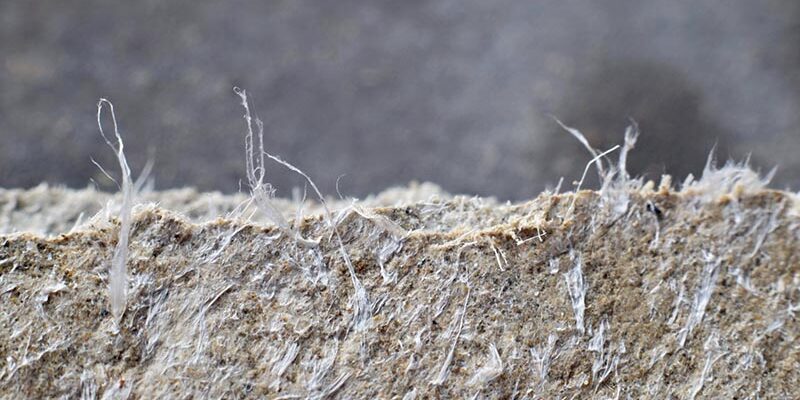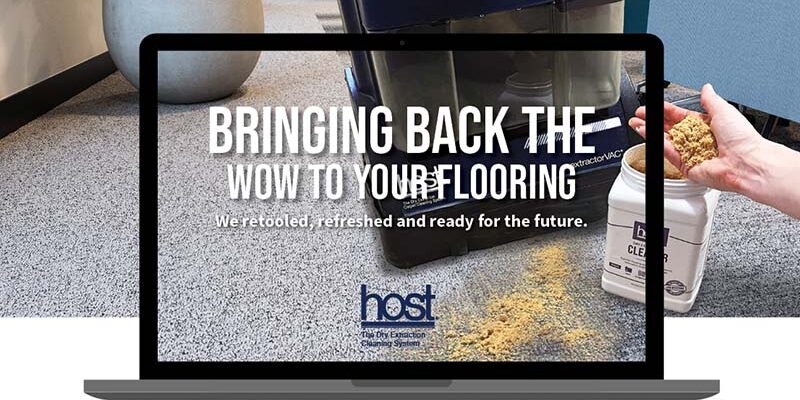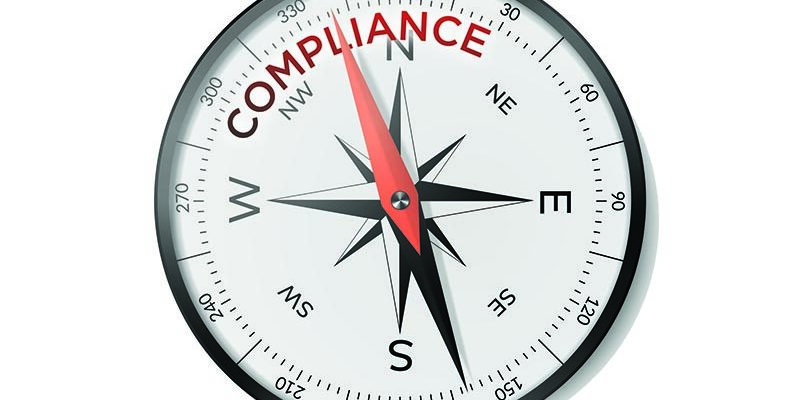Combatting Legionnaires’ Disease in Water Restoration Jobs

By Jon A. Barrett
An unusual outbreak of a pneumonia-like lung infection caused by a previously unknown bacterium occurred in July 1976 among people who went to a convention of the American Legion in Philadelphia, Pennsylvania. A total of 182 people were infected, and 29 of those cases were fatal. The spread of the bacterium appeared to be airborne. This illness eventually became known as Legionnaires’ disease.
Legionnaires’ disease is a severe form of pneumonia-type lung inflammation usually caused by a bacterium known as Legionella, which infects the respiratory system if it is inhaled. Legionella is a type of bacterium found naturally in freshwater environments, like lakes and streams. Once Legionella bacteria is protected by a biofilm, it is difficult to destroy and can become aerosolized. It becomes a health concern when it grows and spreads in human-made building water systems such as:
- Showers, showerheads, and sink faucets
- Sump pumps and sump pump pits
- Cooling towers (structures that contain water and a fan as part of centralized air cooling systems for building or industrial processes)
- Hot tubs that are not drained after each use
- Decorative fountains and water features
- Hot water tanks and heaters
- Large plumbing systems and pipe dead legs
- Evaporative coolers
- Nebulizers
- Humidifiers
- Windshield washers
- Central air conditioning drip pans and condensation outlets
- Ice-making machines
- Misting systems typically found in grocery-store produce sections.
Ongoing issues with Legionella bacteria
Unfortunately, during the ongoing coronavirus pandemic, many buildings were completely closed or shut down. One result from building shutdowns and vacancies is that stagnant water could be present in the buildings’ water systems and water sources, which can lead to Legionella bacteria outbreaks.
After Legionella bacteria grows and multiplies in a building’s water system, water containing this bacteria can spread in droplets tiny enough for people to breathe in. People can be infected with Legionnaires’ disease or Pontiac fever when they inhale small droplets/aerosolized water or contaminated soil that contains the bacteria.
Occasionally, people can get sick by aspiration of drinking water containing Legionella bacteria. This happens when water accidentally goes into the lungs while drinking. People at increased risk of aspiration include those with swallowing difficulties.
In general, people do not spread Legionnaires’ disease and Pontiac fever to other people; however, this may be possible under rare circumstances.
Legionella bacteria and the restoration industry
In the restoration industry, the Institute of Inspection Cleaning and Restoration Certification (IICRC) is the organization that sets the restoration industry’s standards and practices. The IICRC’s standards and practices ensure every water mitigation and remediation project is completed safely and correctly. There are three levels of water sanitation when approaching a water restoration job:
- Category 1: “Clean water” is from a source that poses no substantial harm to people. Water that overflowed while running your bath water or leaked from a supply line for an ice maker, dishwasher, or clothes washer are good examples. This assumes that the surfaces being flooded are reasonably clean. Flooding from clean water is usually treated by extracting standing water. Air movers are set up to create evaporation and dehumidifiers to remove the moisture from the air. After 48 hours, a Category 1 can become a Category 2.
- Category 2: “Gray water” poses health risks due to significant levels of contamination of bacteria, mold, and/or chemicals. This includes dirty water from washing machines and dishwashers, as well as leaks from water beds, broken aquariums, and urine. The water restoration technician should wear some personal protection equipment (PPE). The carpet padding is usually removed and replaced because its sponge-like structure offers the perfect environment for bacterial and mold growth. A Category 2 can become a Category 3 situation if left untreated for two days or more due to rampant bacterial breeding and microbial growth.
- Category 3: “Black water” contains disease-causing organisms, toxins, is grossly unsanitary, and is a biohazard. Typical black water conditions occur from a sewer backup, a broken toilet bowl containing feces, and rising floodwaters. (Rising floodwater is considered Category 3 because of the possibility of chemicals and organisms found in lawn chemicals, fertilizers, animal feces, decaying ground debris, and overfilled sewer and septic systems.) Serious diseases are likely to be present in rising floodwaters. The water restoration technician must wear full-body PPE. Affected objects such as carpet, padding, and Sheetrock must be removed and disposed of safely and properly. A virucide, biocide, and/or fungicide must be applied to kill microorganisms on site.
Regarding Legionella bacterium, a person might assume an ordinary freshwater source, such as a hot water heater, shower leak, fountain leak, HVAC condensation line, or sprinkler pipe system, might be a Category 1 water damage restoration project. However, if the water source has been stagnant for several days, weeks, months, or years, it may contain Legionella bacterium, which is considered a biohazard. This can be the case for both commercial and residential buildings.
As a result, the assumed Category 1 freshwater source could actually be a Category 3 water damage restoration project. A new plan of action, preparation of personnel, and safe execution of the project must now be properly implemented to protect workers and occupants.
Best practices for water restoration
Here are some best practices for water damage restoration projects with a possible Legionella bacteria contamination:
- Always assume the freshwater source is contaminated unless testing is completed for safety.
- Commercial and residential properties that were vacant or shut down for some time need to be inspected and have sample swab or bottled testing of the water sources. Sample testing can occur onsite with the correct testing kits.
- Once the water testing results are completed, then the proper plan of action and remediation occurs, personnel are prepared and instructed, and PPE is implemented.
- Documentation, including creating building sketches, floor plans, building diagrams, emergency evacuation maps, emergency shut-off locations, pictures, videos, water testing results, and data logs, are necessary.
These best practices will help safely plan and execute commercial and residential water damage restoration projects that may involve Legionella bacterium.
Sources:
https://www.cdc.gov/legionella/about/causes-transmission.html
https://www.ncbi.nlm.nih.gov/pmc/articles/PMC2870637/
Jon A. Barrett is the marketing manager of SERVPRO of Blackwood and Gloucester Township, N.J., which is a veteran-owned small business, an independent franchise, and a registered government contractor. Barrett has over 30 years of remediation and restoration cleaning experience in the government, industrial, manufacturing, commercial, residential, and insurance industry sectors. He is a Certified Mold Remediator (CMR) and has certified training from (OSHA), the EPA, The Institute of Inspection, Cleaning and Restoration Certification, American Bio Recovery Association, EMSL Analytical Inc., Chilworth Technology Inc., Criterion Laboratories Inc., and the International Kitchen Exhaust Association.












